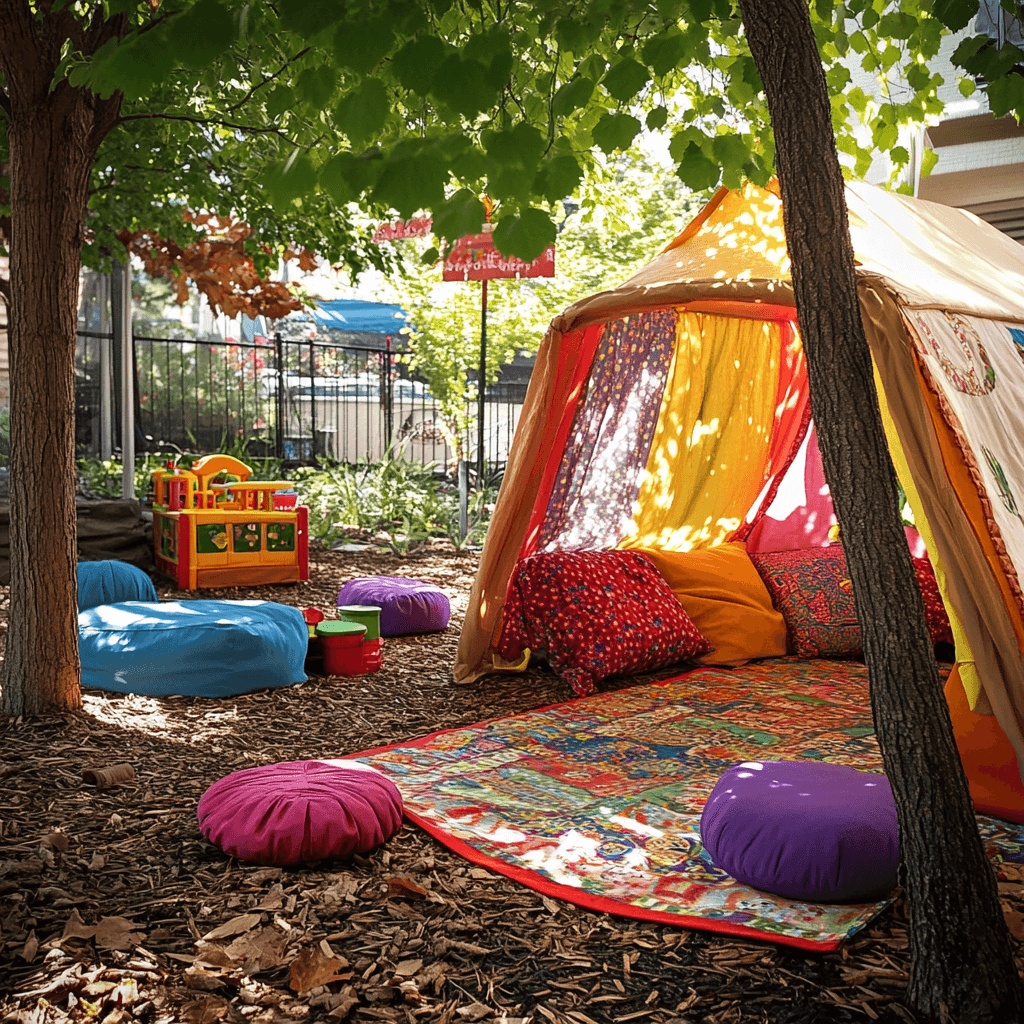
As parents, you have the incredible opportunity to nurture your child’s development through play-based learning right in the comfort of your own home. Play is not only a source of joy for children but also a powerful tool for fostering cognitive, social, and emotional growth. In this blog post, we’ll explore the world of play-based learning and offer practical guidance on how you can design enriching play-based activities that captivate your child’s imagination and support their development.
Understanding the Magic of Play-Based Learning
Before diving into the practical tips, let’s take a moment to understand why play-based learning is so important for your child:
-
Holistic Development: Play engages multiple aspects of your child’s growth, including cognitive, social, emotional, and physical development.
-
Creativity and Problem-Solving: Through play, children learn to think creatively, solve problems, and explore new ideas, which are vital life skills.
-
Language and Communication: Play encourages conversations, storytelling, and vocabulary expansion, promoting strong language skills.
-
Social Skills: Interacting with others during play helps children develop crucial social skills like communication, cooperation, and empathy.
Designing Play-Based Learning Activities at Home
Now, let’s explore practical ways you can incorporate play-based learning into your daily routines at home:
1. Create a Play-Friendly Environment: Ensure that your home offers a variety of age-appropriate toys, materials, and open-ended resources that spark your child’s curiosity.
2. Balance Structure and Freedom: Strike a balance between structured activities and unstructured playtime. While some activities may have specific learning objectives, allow your child the freedom to explore and initiate their play.
3. Observe and Listen: Pay close attention to your child’s interests and preferences. Observe what activities captivate them and what themes emerge during their play. This can guide your activity planning.

4. Use Play to Teach: Incorporate educational goals and learning objectives into play activities. For instance, if your child is building with blocks, discuss concepts like shapes, sizes, and balance.
5. Encourage Imaginative Play: Foster imaginative play by providing props, costumes, and scenarios that allow your child to immerse themselves in different roles and scenarios. Encourage them to create their stories and narratives.
6. Explore Outdoor Play: Outdoor play offers a wealth of sensory experiences and physical benefits. Encourage your child to explore nature, whether it’s a park, garden, or simply playing in the backyard.
7. Embrace Screen Time Thoughtfully: While digital play can be a part of modern childhood, use technology thoughtfully. Select age-appropriate apps or games that have educational value and set time limits for screen use.
8. Support Peer Interaction: Arrange playdates or virtual group activities to promote social interaction and collaborative play. Peer learning is a powerful aspect of play-based education.
9. Document and Reflect: Keep records of your child’s play experiences, noting their interests, progress, and achievements. Regularly reflect on how play-based learning is impacting their development.
10. Be a Playful Guide: Actively engage in play with your child. Join their games, ask open-ended questions, and scaffold their learning when needed. Your involvement can enhance their play experience.
You hold the keys to a world of play-based learning adventures at home. By embracing play and incorporating it into your daily routines, you create a rich environment that supports your child’s growth and curiosity. Remember, play is not just child’s play; it’s a gateway to a world of discovery, creativity, and lifelong learning. So, let’s embark on this playful journey with our children and watch them thrive in the magical world of learning through play, right in the heart of our homes.
